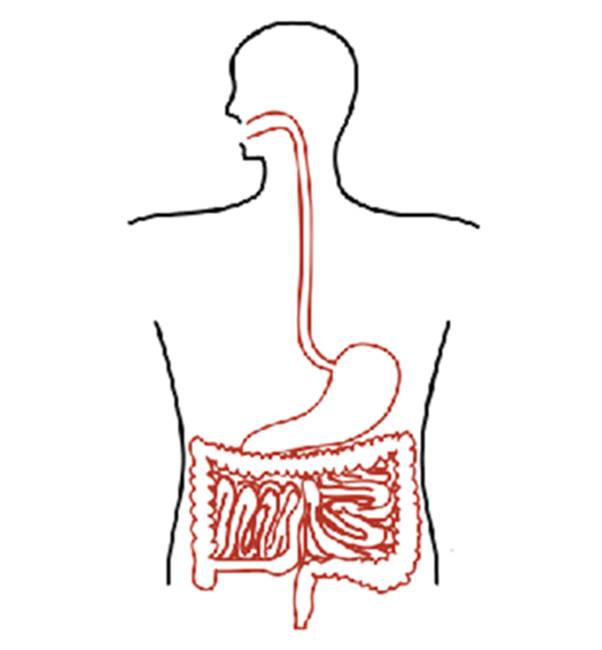
Beneath the tunica vaginalis is the tunica albuginea, a tough, white, dense connective tissue layer covering the testis itself.

The outer tunica vaginalis is a serous membrane that has both a parietal and a thin visceral layer. They are surrounded by two distinct layers of protective connective tissue. Paired ovals, the testes are each approximately 4 to 5 cm in length and are housed within the scrotum. They leave the epididymis during an ejaculation via the ductus deferens. Formed sperm are transferred to the epididymis, where they mature. This sagittal view shows the seminiferous tubules, the site of sperm production. Externally, the scrotum has a raised medial thickening on the surface called the raphae.įigure 3. Alternatively, as the environmental temperature increases, the scrotum relaxes, moving the testes farther from the body core and increasing scrotal surface area, which promotes heat loss. By contracting simultaneously, the dartos and cremaster muscles can elevate the testes in cold weather (or water), moving the testes closer to the body and decreasing the surface area of the scrotum to retain heat. Descending from the internal oblique muscle of the abdominal wall are the two cremaster muscles, which cover each testis like a muscular net. It continues internally to make up the scrotal septum, a wall that divides the scrotum into two compartments, each housing one testis. The dartos muscle makes up the subcutaneous muscle layer of the scrotum. This location is important in sperm production, which occurs within the testes, and proceeds more efficiently when the testes are kept 2 to 4☌ below core body temperature. The testes are located in a skin-covered, highly pigmented, muscular sack called the scrotum that extends from the body behind the penis. The seminal vesicles and prostate gland add fluids to the sperm to create semen. Sperm exit the scrotum through the ductus deferens, which is bundled in the spermatic cord. The structures of the male reproductive system include the testes, the epididymides, the penis, and the ducts and glands that produce and carry semen. In this section, we examine each of these different structures, and discuss the process of sperm production and transport.įigure 1. Several accessory organs and ducts aid the process of sperm maturation and transport the sperm and other seminal components to the penis, which delivers sperm to the female reproductive tract. In humans, the most important male androgen is testosterone. The paired testes are a crucial component in this process, as they produce both sperm and androgens, the hormones that support male reproductive physiology. The function of the male reproductive system is to produce sperm and transfer them to the female reproductive tract. At fertilization, the chromosomes in one male gamete, called a sperm (or spermatozoon), combine with the chromosomes in one female gamete, called an oocyte. Unique for its role in human reproduction, a gamete is a specialized sex cell carrying 23 chromosomes-one half the number in body cells. Identify the importance of testosterone in male reproductive function.Explain the events during spermatogenesis that produce haploid sperm from diploid cells.Describe the structure and function of the sperm cell.Describe the structure and function of the organs of the male reproductive system.In cell biology, a lumen is a membrane-defined space that is found inside several organelles, cellular components, or structures, including thylakoid, endoplasmic reticulum, Golgi apparatus, lysosome, mitochondrion, and microtubule.By the end of this section, you will be able to: the pathways of the female genital tract, starting with a single pathway of the vagina, splitting up in two lumina in the uterus, both of which continue through the fallopian tubes.the interior of renal tubules and urinary collecting ducts.the pathways of the bronchi in the lungs.


In biology, a lumen ( PL: lumina) is the inside space of a tubular structure, such as an artery or intestine.

Normal histology of the breast, with lumen annotated at bottom right. The lumen is the space in the middle also known as the volume. Cavity within an organ Cross section of the gut.


 0 kommentar(er)
0 kommentar(er)
